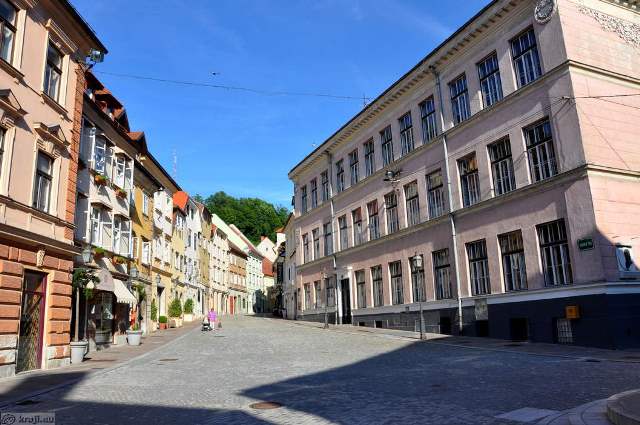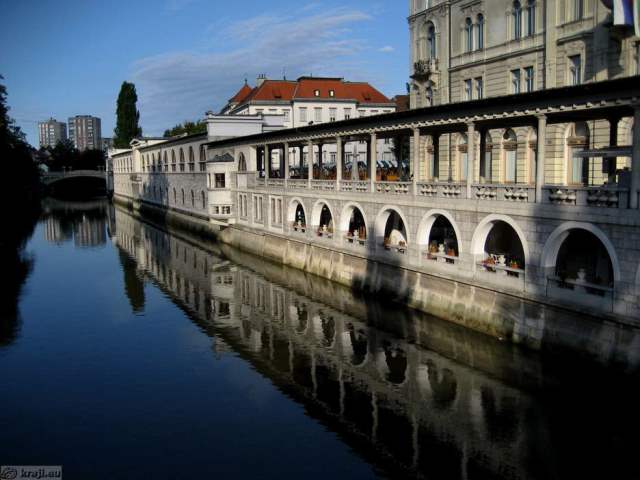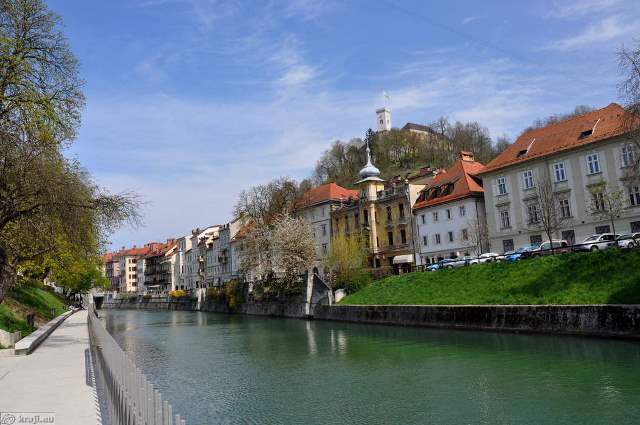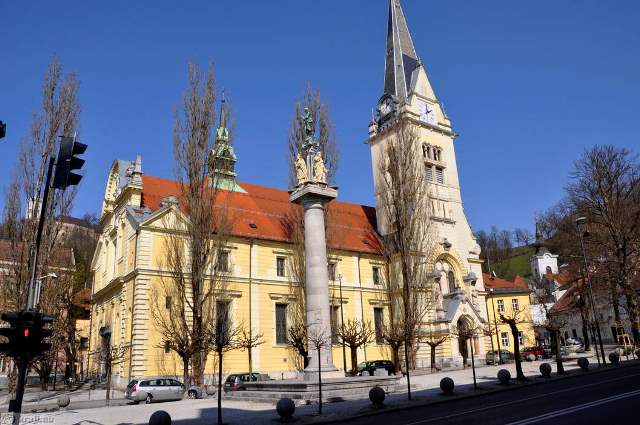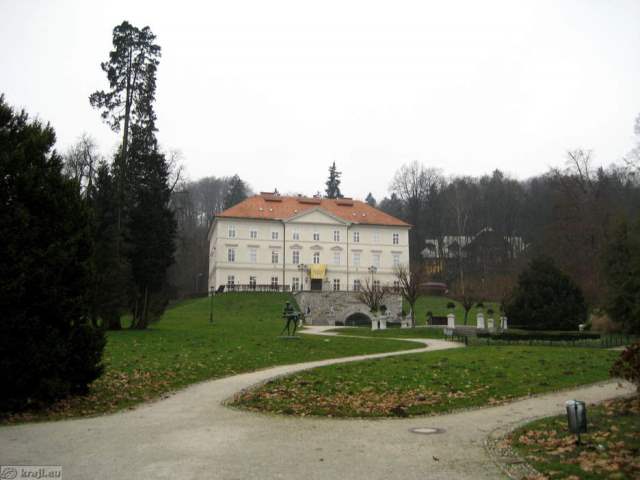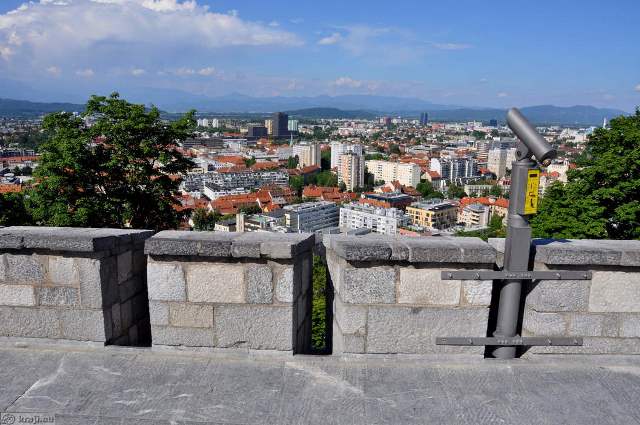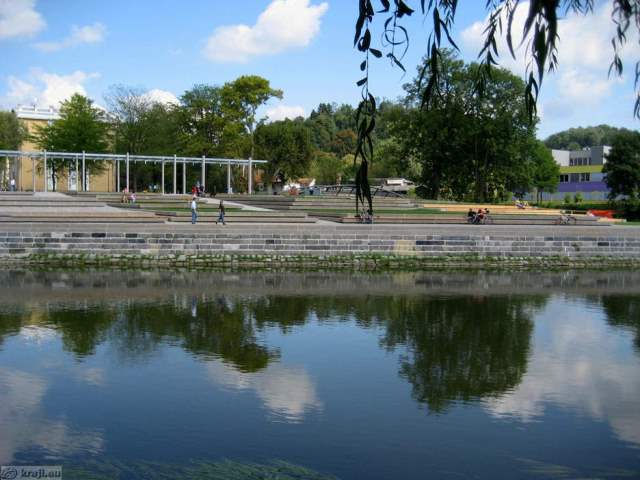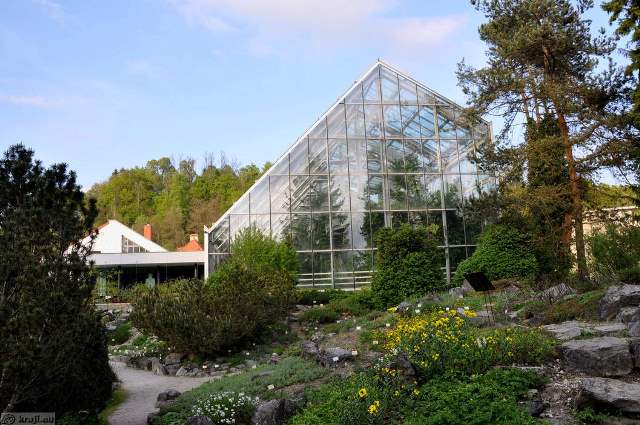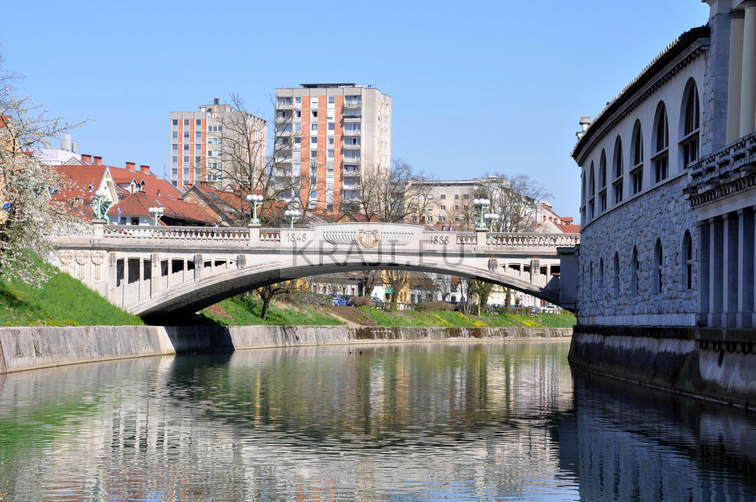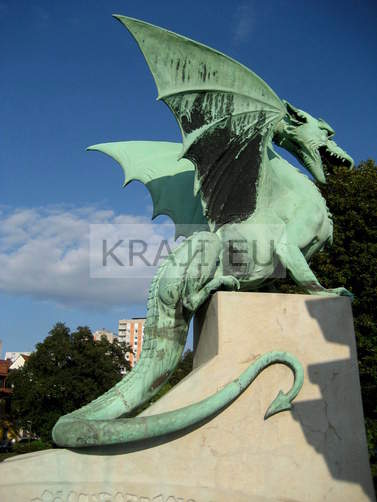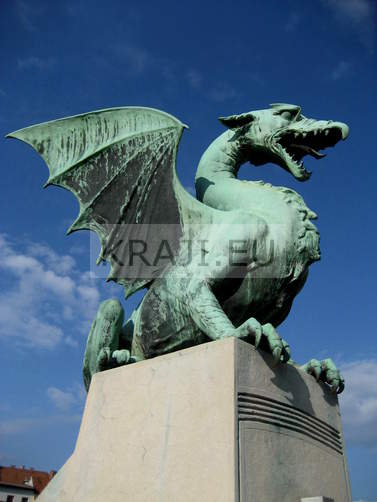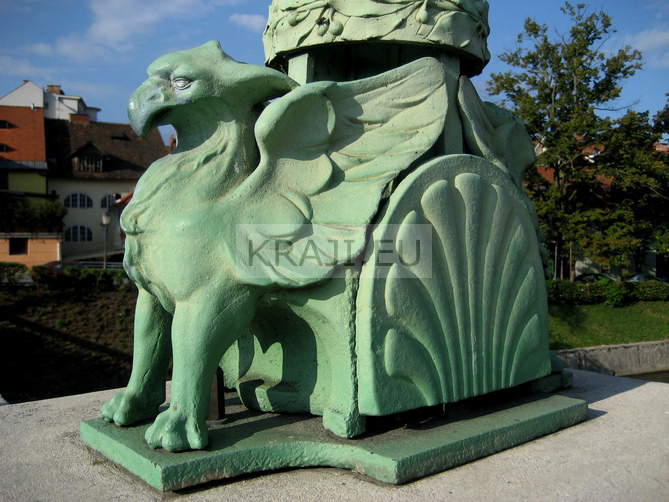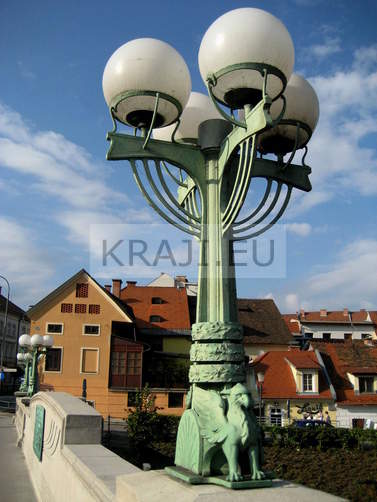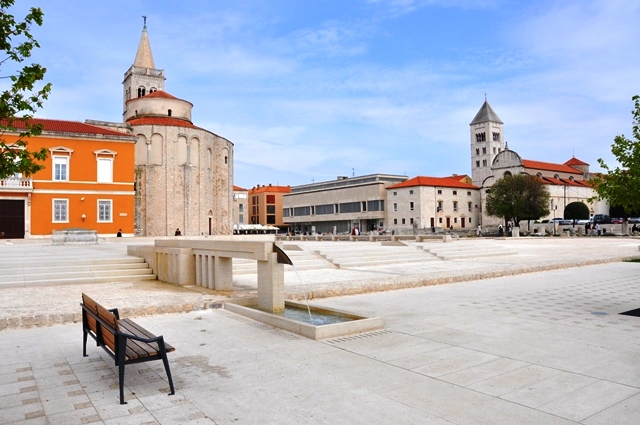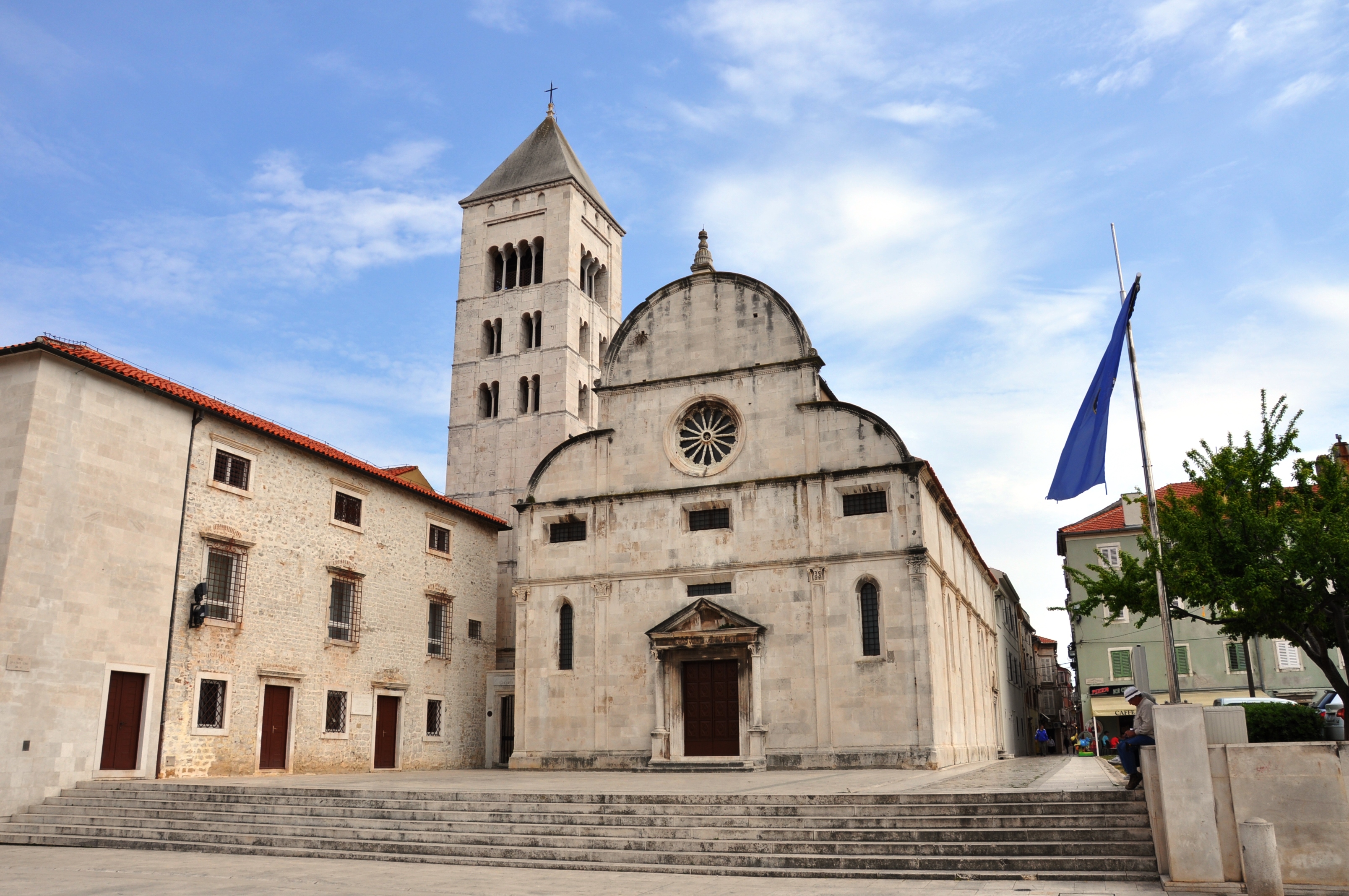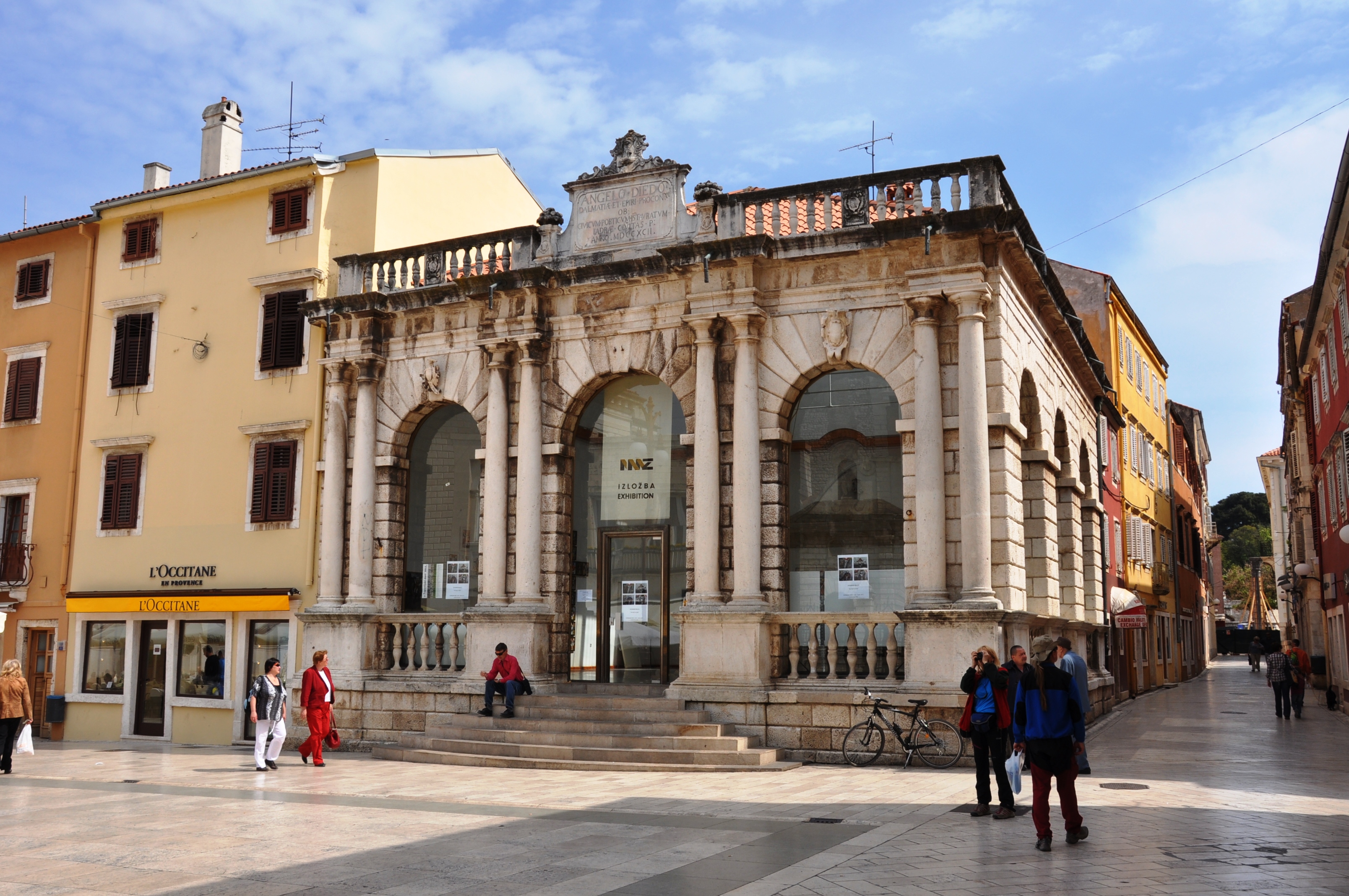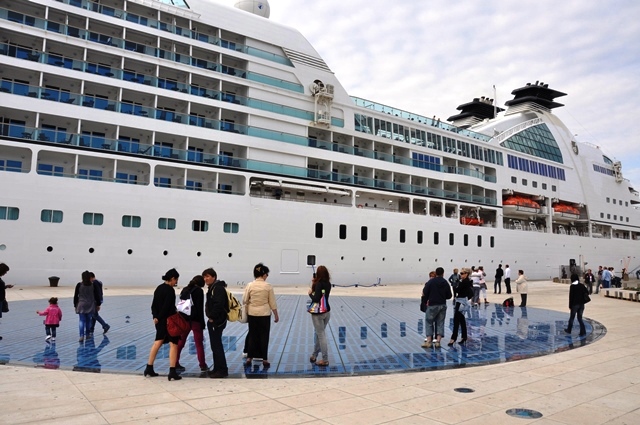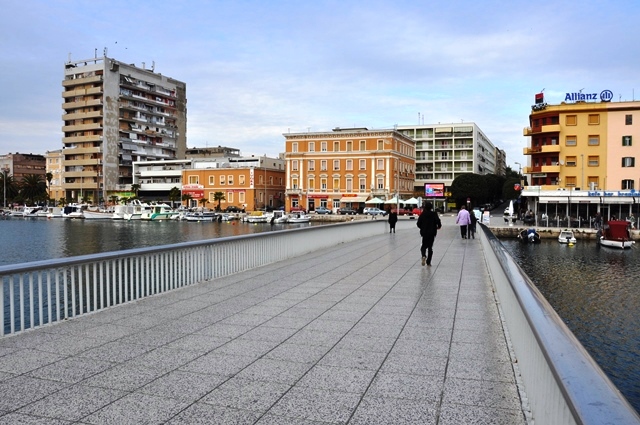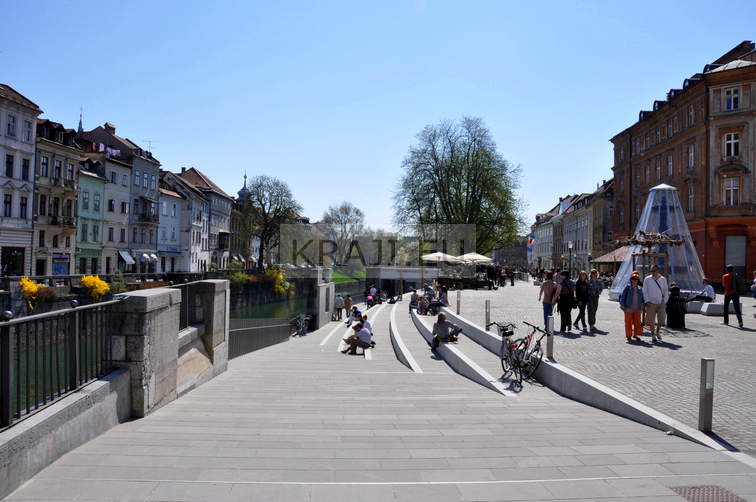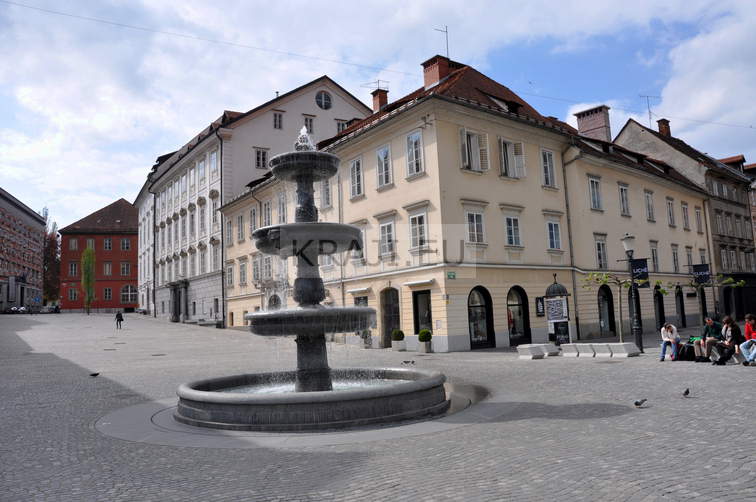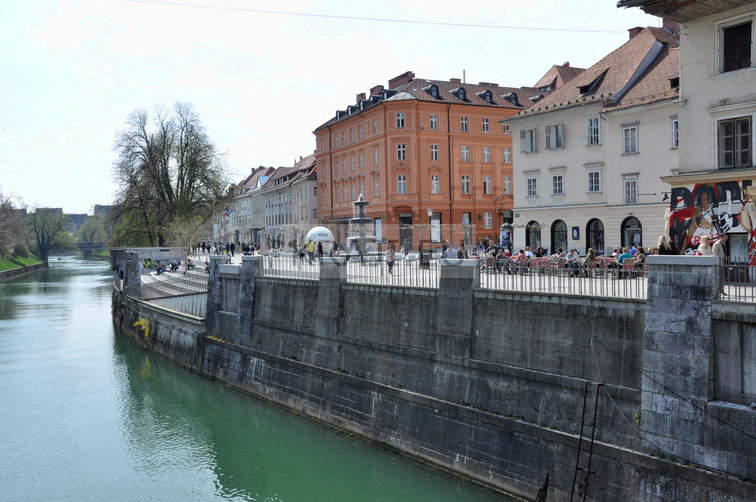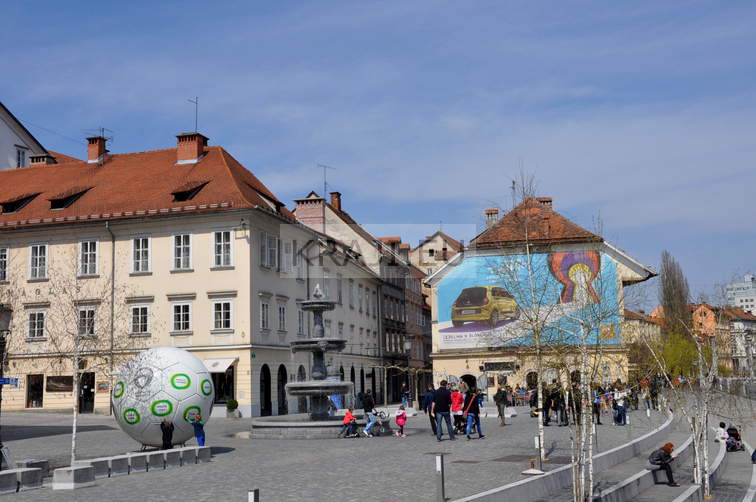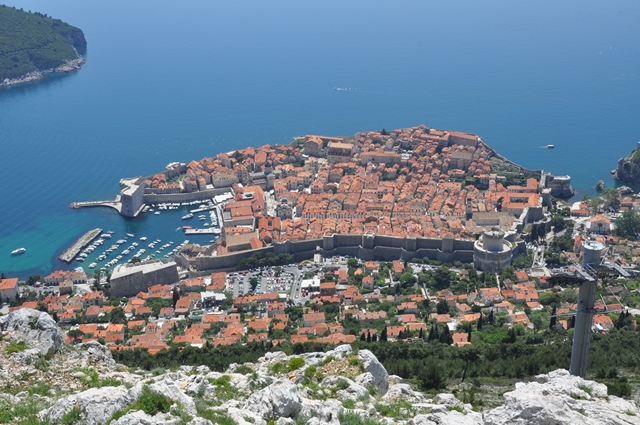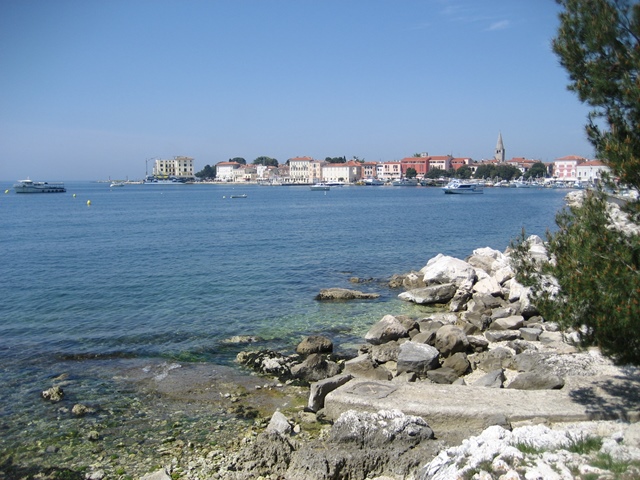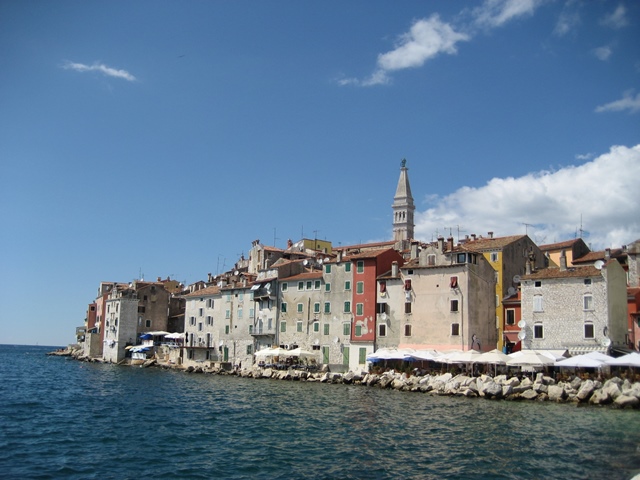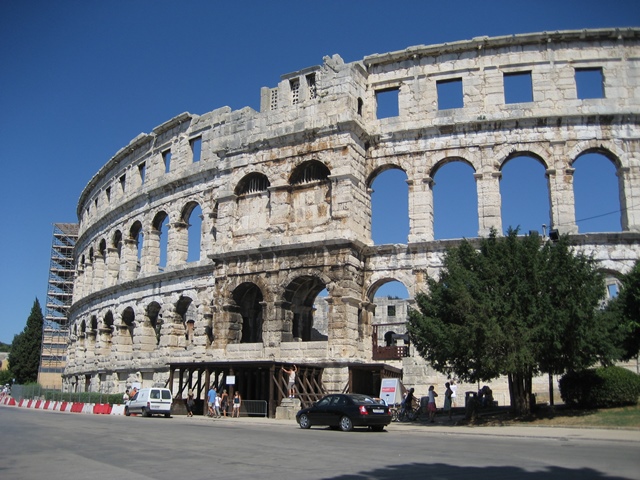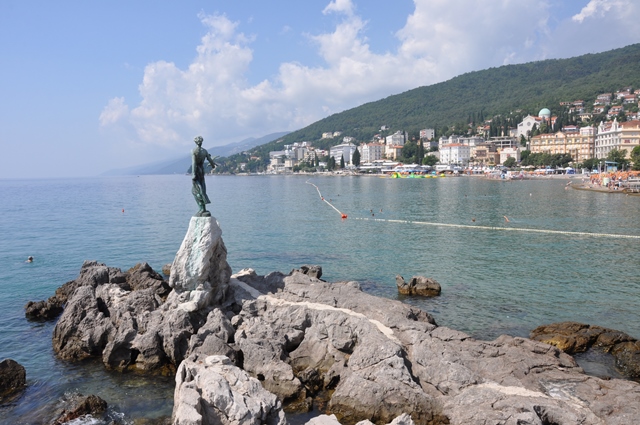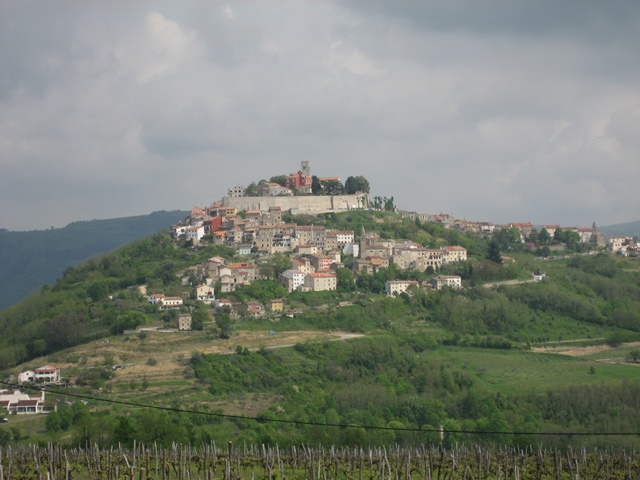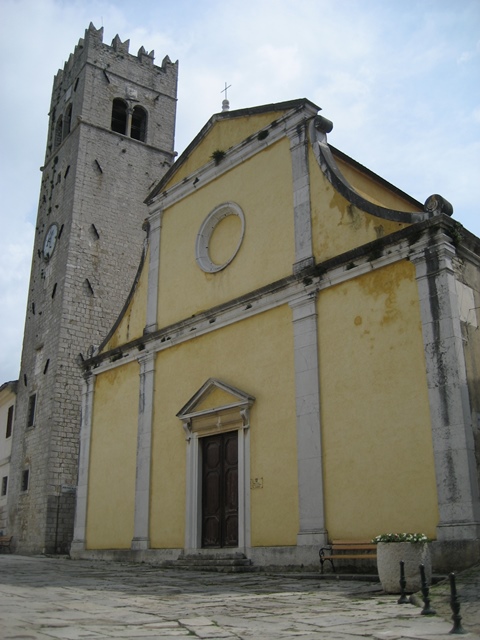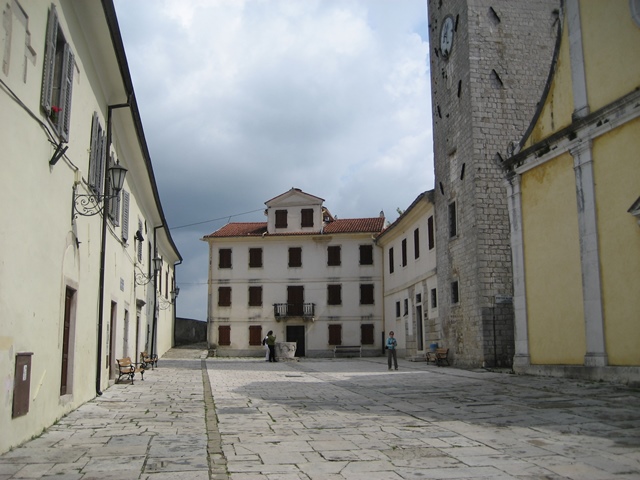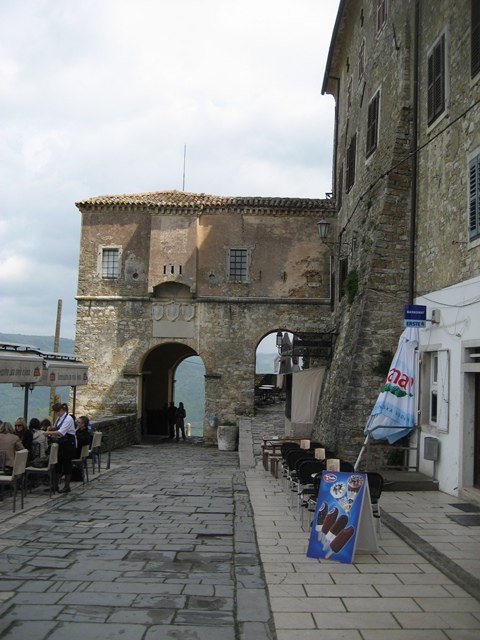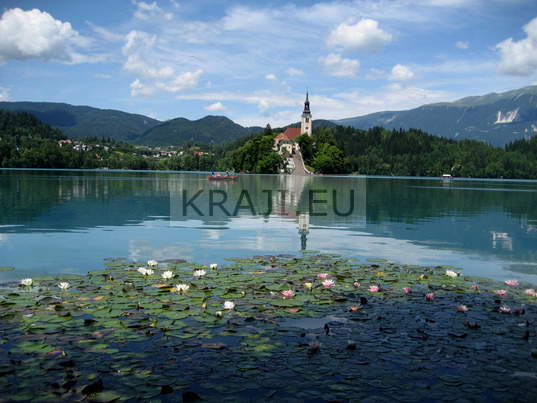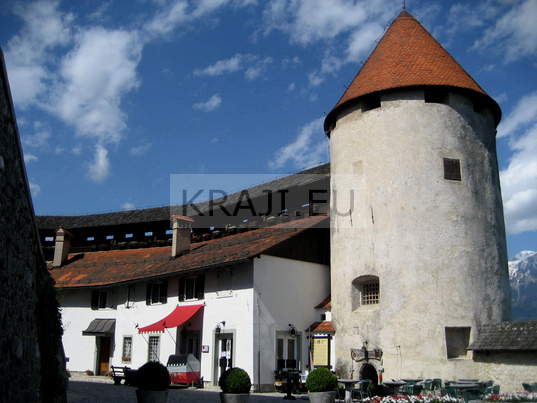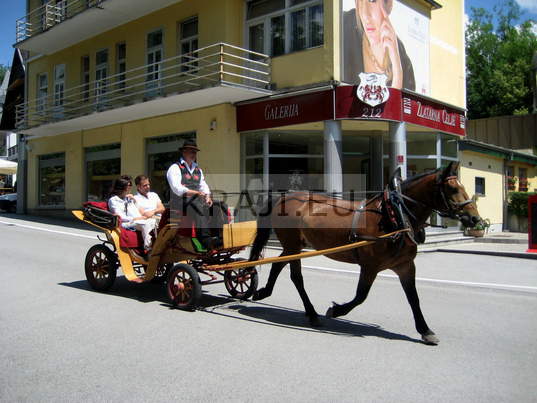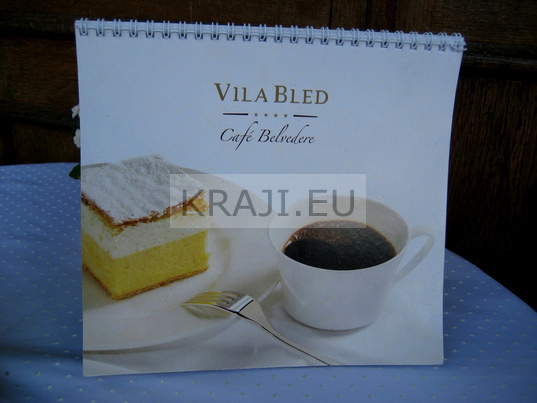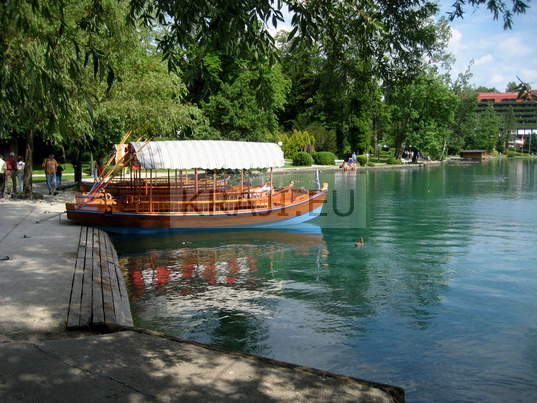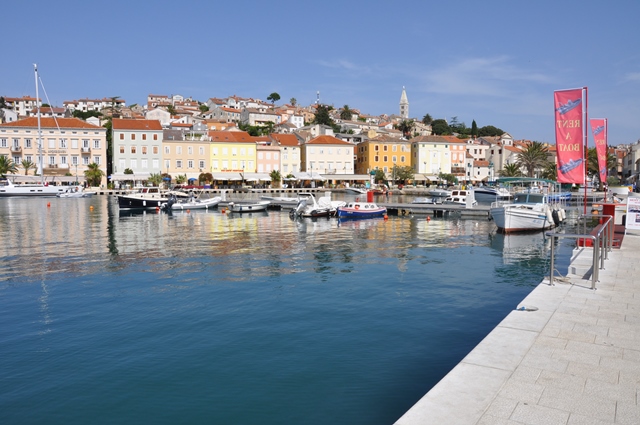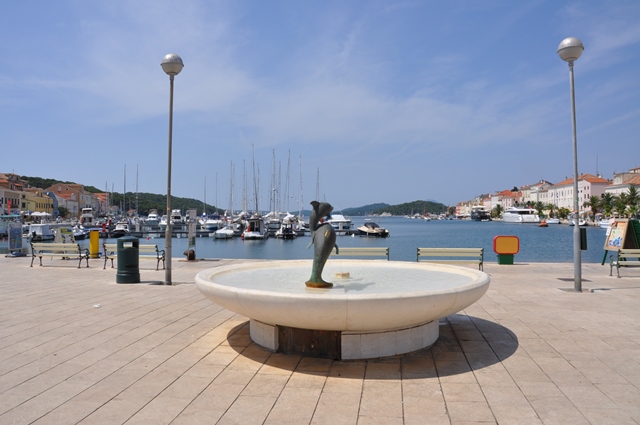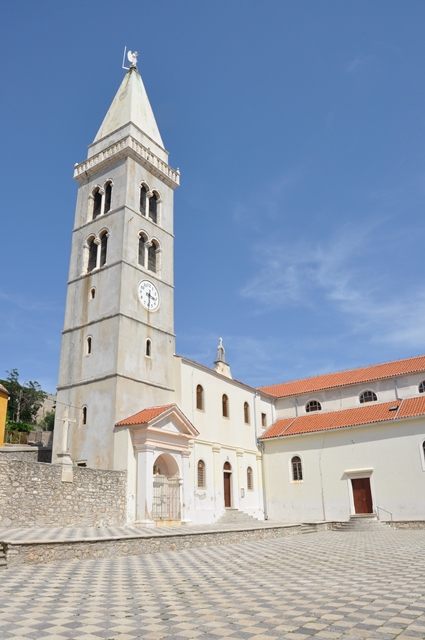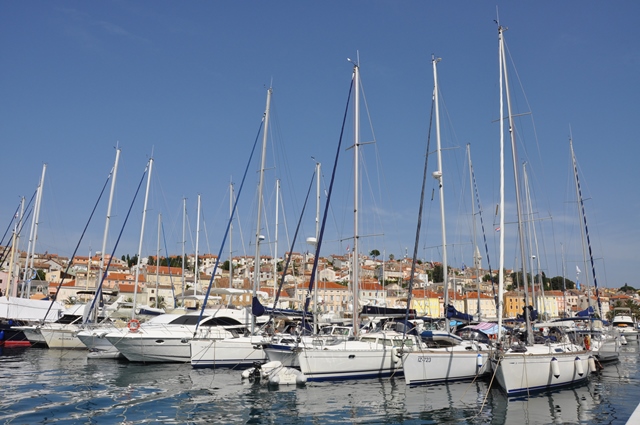Ljubljana is a capital of Slovenia. It offers all the comforts of large capitals, but it has also preserved uniqueness and friendliness of its own.
Ljubljana is known for its tradition and historical heritage while being a relatively young town with a modern lifestyle. It has a large number of both national museums and those presenting the history of the city. Its leading art museums are the Museum of Modern Art and the National Gallery.
National Museum of Slovenia
Slovenia’s leading museum of national history has many finds from Slovenia, one of the most outstanding being a 55,000 year old Neanderthal flute.
City Museum of Ljubljana
At the City Museum of Ljubljana you can see a permanent exhibition of the history of life in Ljubljana, entitled The Faces of Ljubljana, take a walk along a 1st century Roman road, and meet the Water Man.
Plečnik House
Get to know the work and life of the famous architect Jože Plečnik, who left an indelible mark on the townscape of Ljubljana. At Plečnik House you can admire his home exactly as it was in his lifetime and view a permanent exhibition.
Slovene Ethnographic Museum
The Museum’s permanent exhibition presents Slovenian and non-European cultural heritage related to ceremonial and everyday life. Free admission is every first Sunday of the month.
Museum of Architecture and Design – Fužine Castle
The Museum of Architecture and Design is Slovenia’s leading museum of urban planning, architecture, graphic and industrial design, and photography. Since 1973, the museum has been organizing the Ljubljana Biennial of Industry Design.
Brewery Museum
The Museum’s collection offers a comprehensive overview of the history of Ljubljana’s Pivovarna Union brewery, beer production and activities related to brewing.
National Museum of Contemporary History
The Museum, dedicated to presenting Slovenian history from beginning of the 20th century, keeps collections on the First and Second World Wars, the period between the two wars, the Socialist period, and the establishment of Slovenia as an independent state.
Slovenian Museum of Natural History
The Museum has extensive botanical, zoological and geological collections including practically all animal and plant species and minerals from Slovenia.
Virtual Castle
The Virtual Museum, presenting the history of Ljubljana from antiquity to the present day, is Slovenia’s first museum to be based on virtual reality technology. It is housed in Ljubljana Castle’s Outlook Tower.

